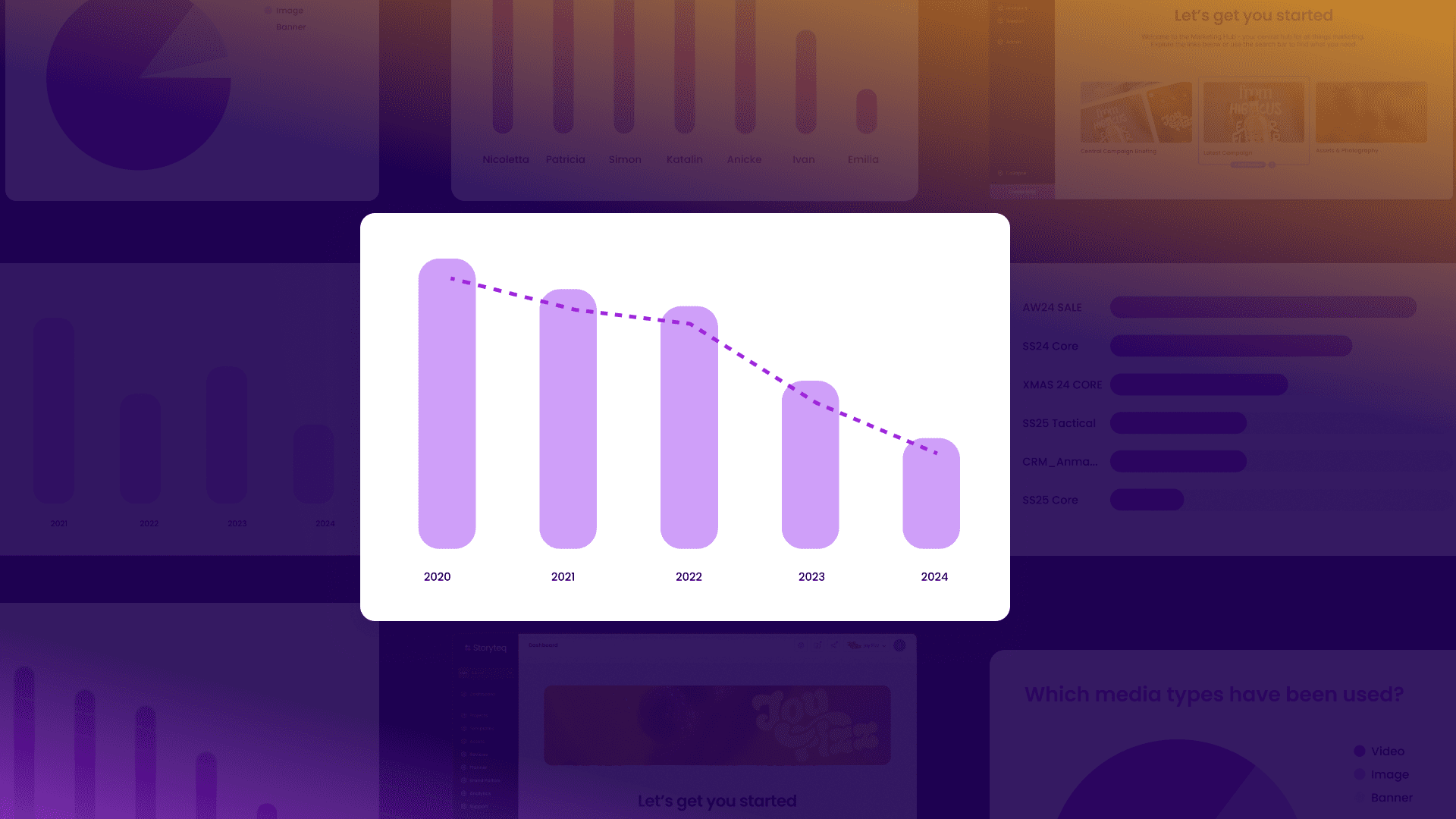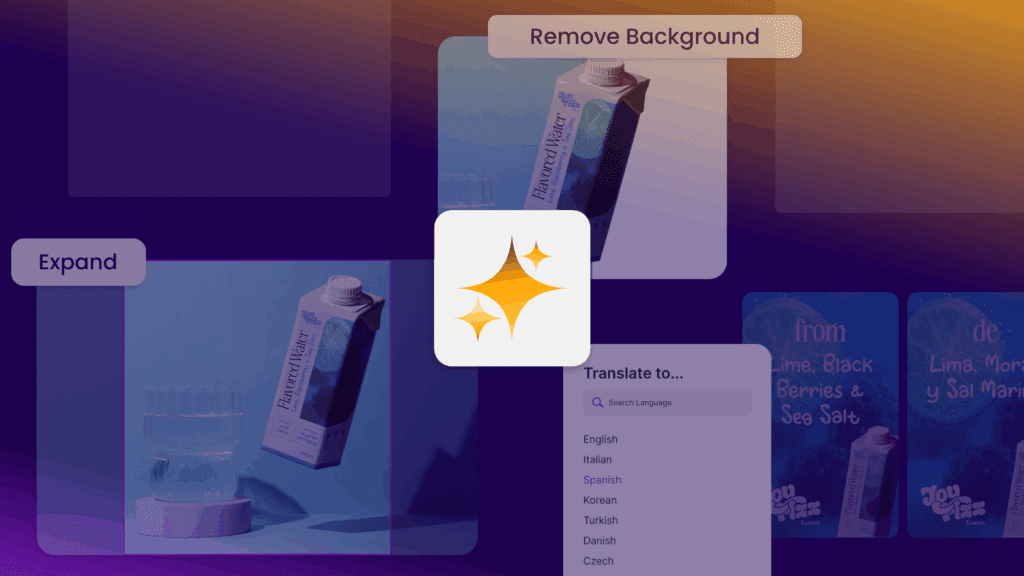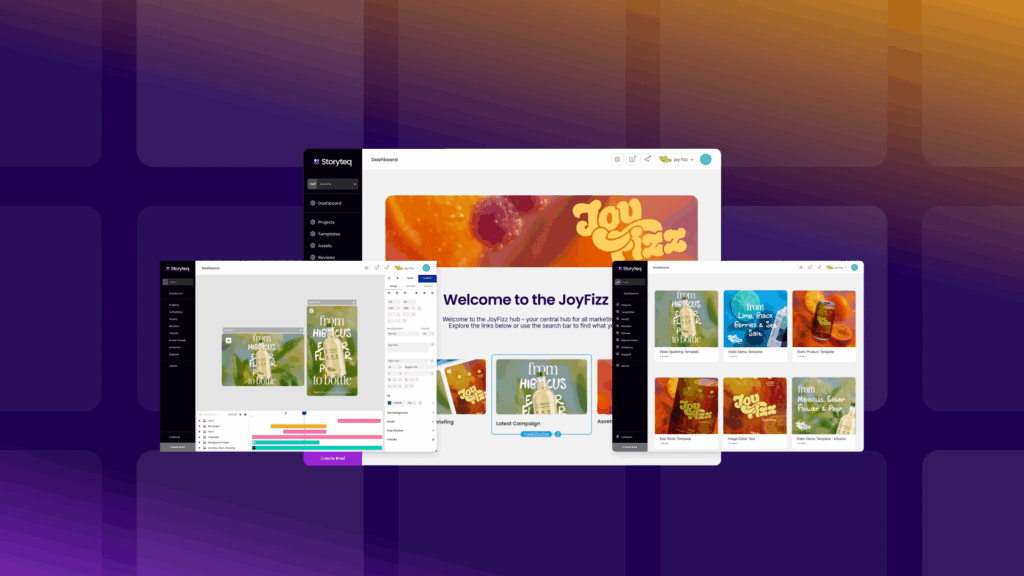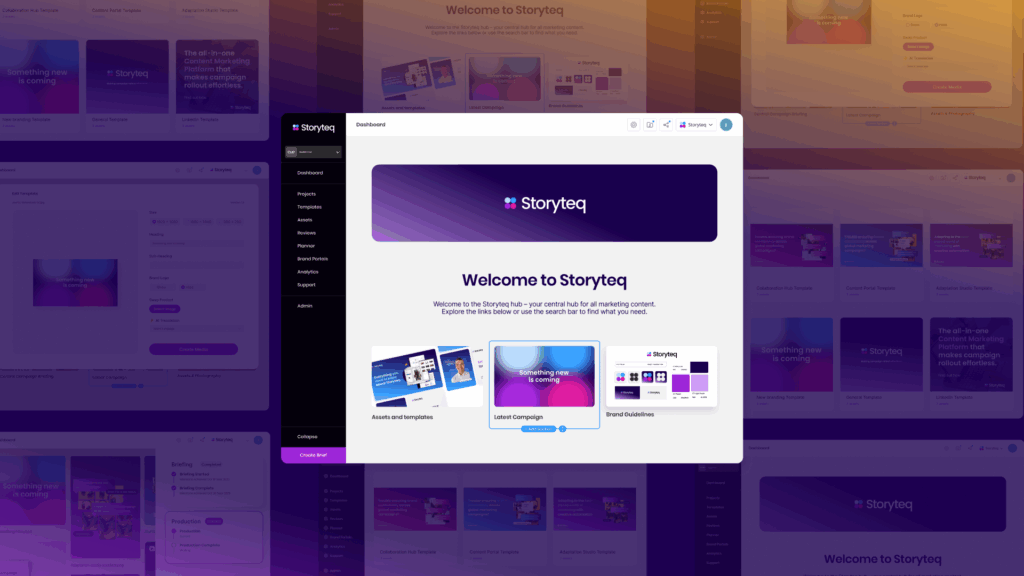Modern content marketing platforms are projected to significantly decrease production expenses in the coming years by streamlining workflows and maximizing resource efficiency. Through content automation technologies, template systems, and centralized asset management, businesses can reduce manual tasks, accelerate production cycles, and maintain brand consistency across channels. The integration of AI capabilities further enhances cost-efficiency by minimizing redundancies and optimizing content creation processes across distributed teams without compromising quality.
Can a Content Marketing Platform Reduce Production Costs in 2025?
As marketing demands continue to grow while budgets remain constrained, businesses are increasingly looking toward technological solutions to bridge the gap. Content Marketing Platforms represent a powerful approach to addressing this challenge by fundamentally transforming production workflows.
Industry trends indicate that brands implementing comprehensive content platforms are experiencing measurable reductions in production expenses through several key mechanisms. Workflow automation eliminates repetitive manual tasks that previously consumed valuable creative resources. For example, automatic resizing and formatting across channels can save countless hours previously spent on manual adaptations.
Resource allocation improvements represent another significant cost-reduction pathway. With centralized platforms, teams can more effectively share assets, collaborate in real-time, and reduce the duplication of efforts that often occurs in siloed environments. This optimization allows companies to produce more content without proportionally increasing team size or budget.
Perhaps most importantly, these platforms help marketing teams shift from reactive, one-off production cycles to more strategic, scalable approaches that deliver greater value from existing resources.
How Much Can You Save With a Content Marketing Platform?
The financial impact of implementing a content marketing platform varies by organization size and current workflows, but the savings can be substantial across different business categories. Companies transitioning from traditional production methods to automated platforms typically report efficiency improvements translating to tangible cost reductions.
For larger enterprises managing global campaigns, the savings often materialize through reduced manual work across multiple teams and markets. When brands can create variations from master templates rather than starting from scratch for each market, the resource savings compound quickly. Several global brands have reported reducing their cost-per-asset by significant margins after implementing automation solutions.
Smaller organizations generally see benefits through faster production cycles that allow them to accomplish more with limited resources. By eliminating bottlenecks in approval processes and streamlining collaboration, these platforms can reduce project timelines by days or even weeks.
The reduction in revision rounds represents another substantial source of savings. When teams can collaborate effectively within a structured system, the back-and-forth communications that often extend project timelines are minimized. This efficiency allows faster time-to-market while maintaining quality standards.
What Features of Content Marketing Platforms Drive Cost Reduction?
Several key capabilities within modern Content Marketing Platforms directly contribute to lowering production expenses. Automated content creation tools stand at the forefront, enabling teams to generate multiple variations from a single master asset. This capability is particularly valuable for campaigns requiring localization across markets or personalization for different audience segments.
Template systems provide another powerful cost-reduction mechanism by establishing standardized frameworks that maintain brand consistency while enabling rapid content creation. Rather than building each new piece from scratch, marketers can leverage existing templates that incorporate brand guidelines automatically.
Streamlined approval workflows dramatically reduce the administrative overhead that often plagues content production. By establishing clear processes and accountability within the platform, teams can eliminate the delays and miscommunications that frequently extend project timelines.
Centralized asset management capabilities ensure that teams can quickly locate and repurpose existing materials rather than recreating similar assets. This functionality prevents the costly redundancy that occurs when different teams unknowingly duplicate efforts across departments or regions.
Analytics features also contribute to cost efficiency by providing insights that help teams optimize their production approaches over time, focusing resources on content types and formats that deliver the strongest results.
Are Content Marketing Platforms Worth the Investment for Small Businesses?
Small businesses face unique considerations when evaluating content marketing platforms, as their resource constraints often make the initial investment seem significant. However, these organizations frequently stand to gain proportionally larger benefits from the efficiency improvements these platforms deliver.
When analyzing platform costs against potential savings, small businesses should consider both direct and indirect benefits. The direct savings come from reduced production time and decreased reliance on external resources for content creation. Many small companies find they can bring more work in-house with a good platform, reducing agency fees for routine content needs.
The ROI timeline typically depends on current production volumes and processes. Organizations with high content demands but inefficient workflows often see returns within months as the platform eliminates existing bottlenecks. Those with lower content volumes may experience a longer payback period but still benefit from improved quality and consistency.
Scaling considerations are particularly important for growing businesses. The right platform can accommodate increasing content demands without requiring proportional increases in team size, creating a sustainable growth model. This scalability often represents the most significant long-term value for small organizations with ambitious growth plans.
How Do Content Marketing Platforms Compare to Traditional Production Methods?
The contrast between platform-enabled content production and traditional approaches reveals substantial differences in efficiency and output quality. In conventional workflows, each content piece typically goes through a linear process with handoffs between team members and departments, creating numerous opportunities for delays and miscommunications.
Time savings represent one of the most immediate benefits of platform adoption. Tasks that previously required days of back-and-forth communications can often be completed in hours through structured workflows and collaboration tools. For example, the review and approval process alone can be compressed dramatically when stakeholders can provide feedback directly within the platform rather than through scattered email chains.
Quality consistency improves significantly with platform-based approaches. By establishing templates and guidelines within the system, brands can ensure that all content adheres to standards regardless of which team member creates it. This consistency builds audience trust and strengthens brand recognition across channels.
Version control capabilities eliminate the confusion and wasted effort that often occur when team members work from outdated assets or guidelines. With a single source of truth for all content elements, everyone stays aligned without the overhead of constant coordination meetings.
What Are the Hidden Costs of Not Using a Content Marketing Platform?
Beyond the obvious expenses of inefficient production, organizations without robust content systems incur numerous indirect costs that affect overall performance. Opportunity costs arise when marketing teams cannot respond quickly to market developments or customer needs because their production processes are too cumbersome.
Market delays represent another significant hidden expense. When competitors can launch campaigns faster and iterate more quickly, brands with slower production cycles consistently find themselves following rather than leading. These timing disadvantages compound over time, gradually eroding market position.
Inconsistent messaging across channels and campaigns creates confusion for audiences and dilutes brand impact. Without a centralized system to maintain message alignment, different teams may inadvertently present contradictory information or inconsistent brand positioning, undermining customer trust and campaign effectiveness.
Redundant work occurs frequently in organizations lacking proper content systems. Different departments or regional teams often unknowingly duplicate efforts, creating similar assets when existing ones could have been repurposed. This redundancy represents pure waste from both resource and budget perspectives.
The cumulative effect of these inefficiencies typically far exceeds the visible production costs, making the true cost of outdated content processes much higher than most organizations realize.
The Future of Content Production Costs: 2025 and Beyond
Looking toward 2025 and beyond, we can expect Content Marketing Platforms to evolve in ways that further enhance cost efficiency while enabling more sophisticated content strategies. Integration of emerging technologies will play a central role in this evolution, with AI-powered capabilities becoming increasingly important for optimizing production processes.
Industry benchmarks for content efficiency will likely continue to rise as leading organizations demonstrate what’s possible with modern platforms. Teams that previously measured success in terms of output volume will increasingly focus on engagement metrics and conversion impacts relative to production investment.
Forward-thinking marketing teams are already preparing for these shifts by building modular content approaches that maximize flexibility and reusability. Rather than creating monolithic campaigns, they’re developing component-based systems that allow rapid assembly of customized experiences for different audiences and contexts.
The most successful organizations will balance automation with human creativity, using platforms to handle repetitive tasks while redirecting human talent toward strategic thinking and creative innovation. This balanced approach will likely represent the optimal path for maximizing both cost efficiency and content effectiveness.
At Storyteq, we’ve developed our Content Marketing Platform specifically to address these evolving needs, helping brands navigate the changing landscape while optimizing their production investments. Want to learn how we can help your team reduce costs while enhancing content impact?
Request a demo today to see our platform in action.



